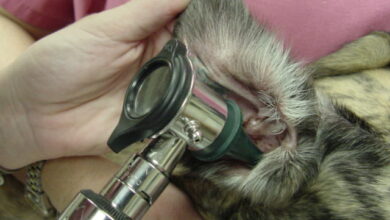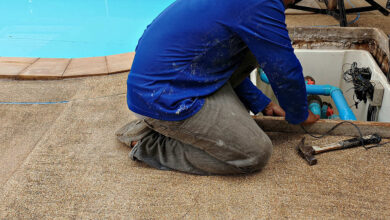5 Ways to Prevent and Treat Anxiety Among Dogs

Like their masters, dogs can experience anxiety.
It happens more often than you think. Whenever there are loud noises, particularly during thunderstorms and fireworks, your dogs may experience anxiety. If you are in the process of moving to a new house, the change in the environment can trigger anxiety, too. Some dogs also get so used to the presence of their masters, such as during stay-at-home orders this year due to the pandemic, they experience a condition called separation anxiety.
When your dog is visibly anxious, it can be very heartbreaking to watch. However, you can help soothe your dog’s nerves whenever they encounter a trigger.
Here are some tips that have been proven to reduce anxiety in dogs.
Natural Oils
Oils derived from plants, particularly CBD (cannabidiol) and hemp, have been scientifically proven to relax an anxious mind in humans. It may be effective when used in dogs, too,
Studies are sparse when it comes to the benefits of CBD and hemp oil among animals. However, both substances have been regarded as safe for dogs by experts. Anecdotal evidence (outcome reported by regular people and, therefore, have not been peer-reviewed nor published in a medical journey) claims that CBD and hemp have reduced anxiety in dogs. Using CBD and hemp also provides relief for arthritis, pain, and lack of appetite.
Of course, like most things, oils should only be given in moderation. A few drops should be enough to calm your nervous pup during a thunderstorm or Fourth of July.
Cuddling
Cuddling can make anyone, including your dog, feel safe. A owner of a dog kennel Brisbane advises that as soon as you notice your dog getting anxious over loud sounds or in your new home, it would help them calm down when you wrap your arms around them.
Get a blanket and sit by the bed or the sofa with your furry best friend. After a while, you will notice symptoms of anxiety disappear.
Another option is to make an anxiety wrap which, when done correctly, can create the sensation of being hugged or swaddled and it can help relax your dog. It is also fairly easy to do. All you need is a long strip of fabric. You can use a scarf or a small blanket. It should be enough to be wrapped all over your dog’s torso and should be tied snugly (but not too tightly).
Medication
Sometimes, a dog’s anxiety is so severe that they start to become aggressive or destructive. If this happens frequently, you should check your local veterinarian. They may be able to prescribe a medication to take your dog “off the edge” so to speak.
There are pet drugs that are specifically used as anti-anxiety. However, do not ask for a sedative. Experts warned that sedatives could exacerbate the problem and make your dog even more afraid of noises. Sedatives also will only mask the problem, not cure it.
Exercise Beforehand
However, if you expect a thunderstorm or fireworks show, it would prevent excessive anxiety by giving your dog exercise beforehand. Walk around the neighborhood, play in the park, let them swim in the nearby lake. This way, they can burn all their anxious energy and be a little calmer even in the presence of a common trigger.
Counterconditioning
Counterconditioning should be part of your dog’s training. As soon as you identify their triggers and notice their behavior when faced with something they fear, you should act on it so that it does not develop into a bigger problem.
Counterconditioning is behavioral training. It works by replacing a bad habit with a good one. So, for example, if your dog howls and barks whenever they hear a loud sound, you teach them instead to look at you or sit when they hear a noise.
This will address the underlying cause of their anxiety. They no longer will bark or growl when they are afraid. They will behave calmly when faced with their trigger.
What if it is Something Else?
Some dogs experience age-related anxiety as they grow older.
Cognitive dysfunction syndrome (CDS) is a degenerative illness. Its effects are comparative to Alzheimer’s in humans; it makes dogs unable to learn, to recall, and to function normally. It is, unfortunately, irreversible, and it may manifest through symptoms, including anxiety.
According to Purina Institute, about 14% of dogs aged 8 and up have CDS but it is often left undiagnosed. Research has shown that proper nutrition can slow the progression of CDS.
When dogs are anxious, they can become aggressive, or they may start making noise. However, they respond to a trigger, it is the pet owner’s responsibility to keep their dog calm for everyone’s safety.






